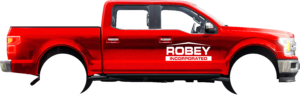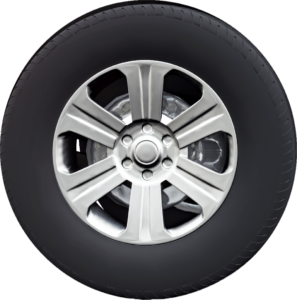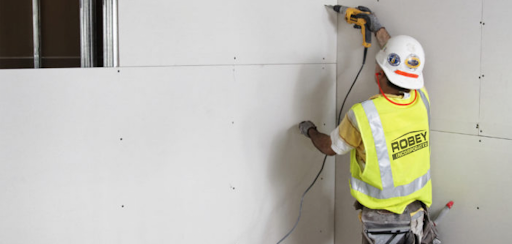
Choosing the correct drywall for your home remodel project can be a daunting task.
Years ago, drywall boards were just that. These days, there’s a range of different types available on the market. This is good news for professional contractors, because it allows us to fit the performance needs of the project to exact specifications. For a homeowner, however, it can be challenging to make the right selection. Let us help you learn the differences between drywall types and their best uses in different projects around your house.
3 Things you NEED to know when you’re choosing a drywall type for your next project.
- Type of space are you working in—Is it a dry (living, bed, or dinning room) or wet space (bathroom or kitchen)?
- The different drywall board types available—(moisture repellent, fire rated)
- The benefits of choosing the correct drywall board
Let’s now examine some typical demands for a space and the best drywall selection for it.
For locations where exposure to moisture and mold is particularly high:
(ie: Bathroom, Kitchens, Basements, or Mud rooms)
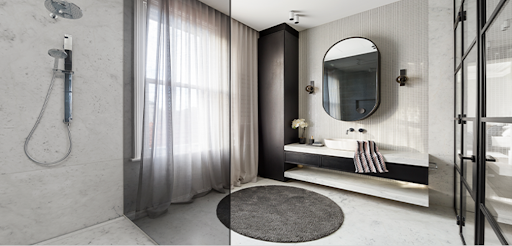
- The ideal applications for moisture- and mold-resistant drywall are interior walls, particularly in rooms like kitchens, baths, or basements.
- The ideal drywall boards for these spaces have a core that is resistant to moisture intrusion, which stops water and moisture infiltration from penetrating the board itself, leading to mold.
- When using any moisture-and-mold drywall board, it’s ideal to use a fiberglass mesh finishing tape rather than regular tapes. Standard drywall paper tapes can unintentionally trap moisture inside the paper, leading to erosion.
- The highest standards for mold and moisture resistance specified by ASTM International can be met by a product like CertainTeed’s M2Tech® Moisture & Mold Resistant Drywall, which also offers protection against mold.
Does your project call for fire-rated gypsum board:
(Typically found attached to garage walls and ceilings that are adjacent to the main living area of the home or to meet building code requirements)
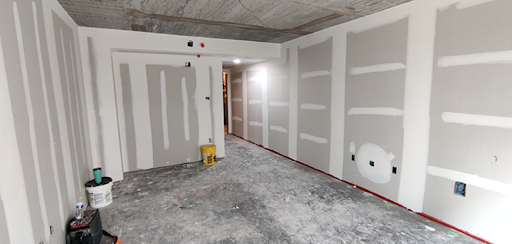
- As a result of increasingly strict safety regulations aimed at better protecting building occupants in the event of an emergency, many commercial and multi-family residential buildings are obliged to have fire-rated designs. To remain compliant with regulations and provide benefits to the occupant, it is essential that goods utilized in these types of construction projects fulfill ASTM International standards.
- In contrast to conventional gypsum boards, fire-resistant types have a solid core that has been carefully manufactured, providing a barrier that is more difficult for fire to penetrate.
- Fire-rated gypsum boards are intended to slow the spread of fire and increase the amount of time a person has to exit the building, even if they are not entirely fireproof.
- Products with a fire-resistant core, like CertainTeed’s Type X fire-resistant drywall, are made of a solid-set gypsum core that is enclosed by a sturdy liner back paper. Therefore, they are better equipped to withstand greater heat than conventional gypsum boards.
Have a space that needs to keep the sound in?
(ie: Bathrooms, Movie rooms, basements, or bedrooms)
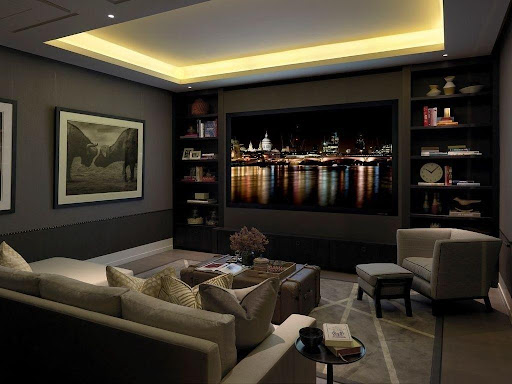
- Gypsum or sound-dampening drywall are the best materials for residential construction projects like basements, home offices, or in-home theaters because they can absorb sound and maintain acoustics in a small area.
- Sound-dampening drywall boards are perfect for commercial environments like offices, patient waiting rooms, or schools since they increase occupant concentration and offer solitude.
- Both CertainTeed and USG provide drywall boards that have noise-reducing characteristics, which can include two gypsum cores that have been precisely prepared to improve sound attenuation and absorb undesired noises while still fulfilling STC (Sound Transmission Class) regulations.
As a team of drywall professionals, we know that it is crucial to take a moment with each project to ensure that we are choosing the appropriate board to suit the project’s demands. Do it right the first time and save yourself in the long run.
We hope these tips help you knock your next DIY drywall project out of the park!

